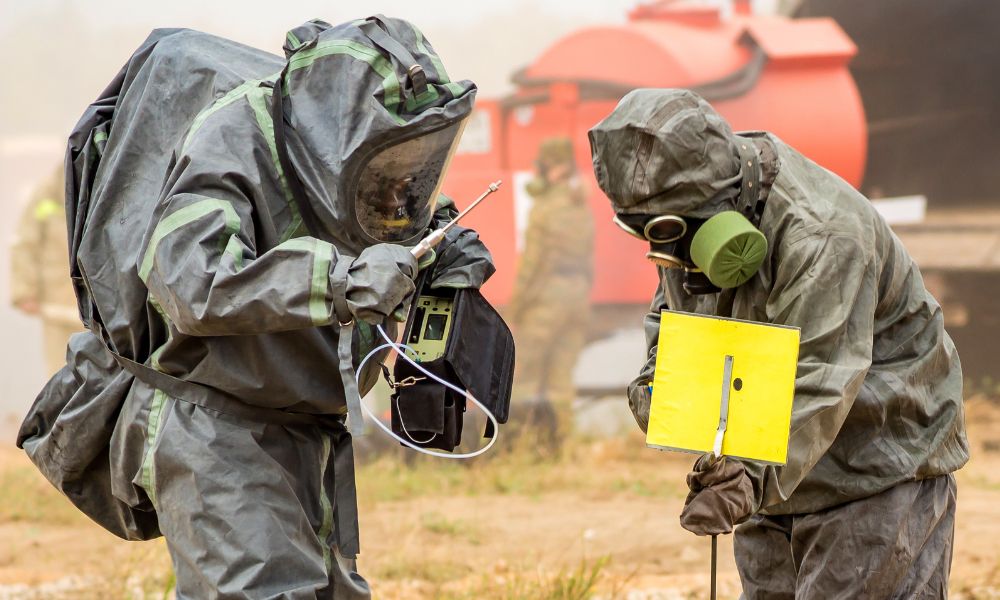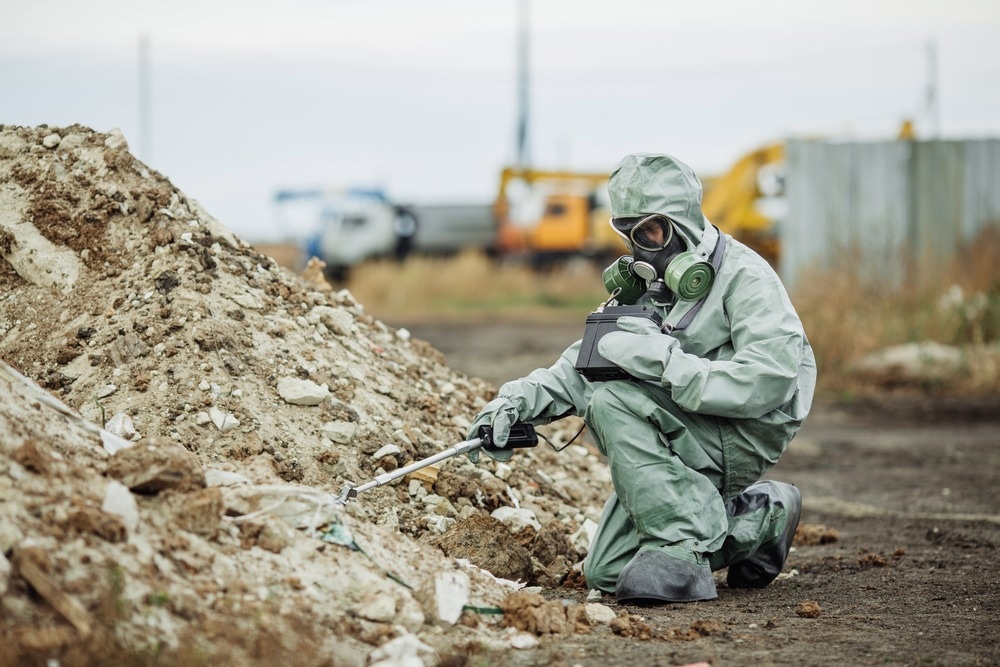In today’s modern world, where technology and connectivity are at the forefront of our daily lives, the concern for radiation exposure is becoming increasingly important.
This article aims to provide a comprehensive guide on how to prevent radiations and minimize its potential risks.
By understanding the types of radiation radiation protection, implementing protective measures, and utilizing advanced shielding technology, individuals can take proactive steps to ensure a healthier and safer environment, both at home and in the workplace.

Understanding the Types of Radiation
Differentiating between ionizing and non-ionizing radiation is crucial in understanding the potential health risks associated with different types of radiation exposure. Radiation sources can include natural sources such as cosmic rays and radon gas, as well as man-made sources like X-rays, nuclear power plants, and cell phones.
Ionizing radiation has enough energy to remove tightly bound electrons from atoms, leading to the formation of charged particles called ions Accentrix SDN BHD. This type of radiation includes X-rays, gamma rays, and high-energy ultraviolet (UV) radiation. Exposure to ionizing radiation can have various health effects, including damage to DNA, which can increase the risk of cancer and genetic mutations.
On the other hand, non-ionizing radiation, such as radio waves, microwaves, and visible light, does not have enough energy to ionize atoms. While non-ionizing radiation is generally considered to be less harmful, prolonged exposure to certain types, like UV radiation from the sun, can still cause skin damage and increase the risk of skin cancer.
Understanding the differences between these two types of radiation is essential for assessing and minimizing the potential health risks associated with radiation exposure.
Minimizing Exposure in Everyday Life
To reduce the potential health risks associated with radiation, it is important to implement practices that minimize exposure in our daily routines.
One of the main sources of radiation exposure in our modern lives comes from electronic devices. To reduce radiation emitted by these devices, it is recommended to keep a safe distance between oneself and the device, as radiation intensity decreases with distance. Additionally, using hands-free devices such as speakerphones or headphones can reduce direct contact with the device.
Another way to minimize exposure is by limiting the use of electronic devices, especially during bedtime. This is because radiation exposure during sleep can disrupt the natural melatonin production, which can affect sleep quality.
It is also important to consider purchasing electronic devices that have low SAR (Specific Absorption Rate) values, as this indicates lower radiation emissions.
Protective Measures for Home and Work Environments
Protective measures can be implemented in both home and work environments to minimize exposure to radiation.
Creating a radiation-free living space is crucial for individuals who value their freedom and want to ensure their well-being. To achieve this, it is important to regularly check for radiation levels in the surroundings.
This can be done by using radiation detectors or hiring professionals to conduct thorough radiation checks. By identifying potential radiation sources, such as faulty electrical appliances or radon gas, appropriate actions can be taken to eliminate or minimize their impact.
Additionally, shielding materials can be used to block or reduce radiation from entering living or working spaces.
These measures, accompanied by regular radiation checks, will help individuals maintain a safe and radiation-free environment, promoting both health and freedom.

Utilizing Radiation Shielding Technology
Radiation shielding technology plays a crucial role in creating safe and secure environments by effectively reducing the transmission of harmful radiation. With the advancement of science and technology, a wide range of radiation shielding materials and techniques have been developed to protect individuals from the harmful effects of radiation exposure.
Radiation shielding materials, such as lead, concrete, and steel, are commonly used due to their ability to absorb and scatter radiation. These materials are strategically placed in structures, equipment, and personal protective gear to create barriers that minimize the penetration of radiation.
In addition to the use of radiation shielding materials, various radiation protection techniques are employed to further enhance safety. These techniques include the implementation of distance, time, and shielding principles. By increasing the distance between the radiation source and individuals, reducing the exposure time, and utilizing effective shielding materials, the risk of radiation-related health issues can be significantly mitigated.
Tips for Maintaining Radiations-Free Health
Maintaining a healthy lifestyle and following proper safety protocols are essential in minimizing the potential risks associated with radiation exposure. To maintain a radiation-free lifestyle, it is crucial to understand the sources of radiation and take necessary precautions.
Avoiding unnecessary exposure to radiation-emitting devices, such as X-ray machines and cell phones, is recommended. Regular check-ups are also essential for early detection of any radiation-related health issues. These check-ups may include medical imaging tests, such as CT scans or mammograms, which can help identify any abnormalities or signs of radiation damage.
Additionally, maintaining a balanced diet, exercising regularly, and managing stress levels can contribute to overall health and promote the body’s ability to repair any potential radiation-related damage.
Conclusion
In conclusion, preventing radiation exposure requires understanding the types of radiation. This includes knowing the difference between ionizing and non-ionizing radiation and being aware of sources of radiation such as X-rays, nuclear power plants, and cell phones.
Another important aspect of preventing radiation exposure is minimizing everyday exposure. This can be done by limiting the use of devices that emit radiation, such as cell phones and microwaves. Additionally, individuals should be mindful of their surroundings and avoid areas with high levels of radiation, such as nuclear power plants or areas with high levels of radon gas.
Implementing protective measures in home and work environments is also crucial in preventing radiation exposure. This can include using radiation shielding materials, such as lead aprons or lead-lined walls, in areas where radiation is present. It is also important to follow safety protocols and guidelines when working with radiation-emitting equipment or materials.
Lastly, utilizing radiation shielding technology can further enhance radiation protection. This can include using lead or concrete barriers, such as radiation shielding walls or doors, to block radiation from entering certain areas.
By increasing awareness and taking necessary precautions, individuals can maintain a radiation-free environment and protect their health. It is important to stay informed and updated on the latest research and guidelines regarding radiation safety. Overall, a combination of knowledge, prevention, and technology can help minimize radiation exposure and its potential health risks.




0 Comments